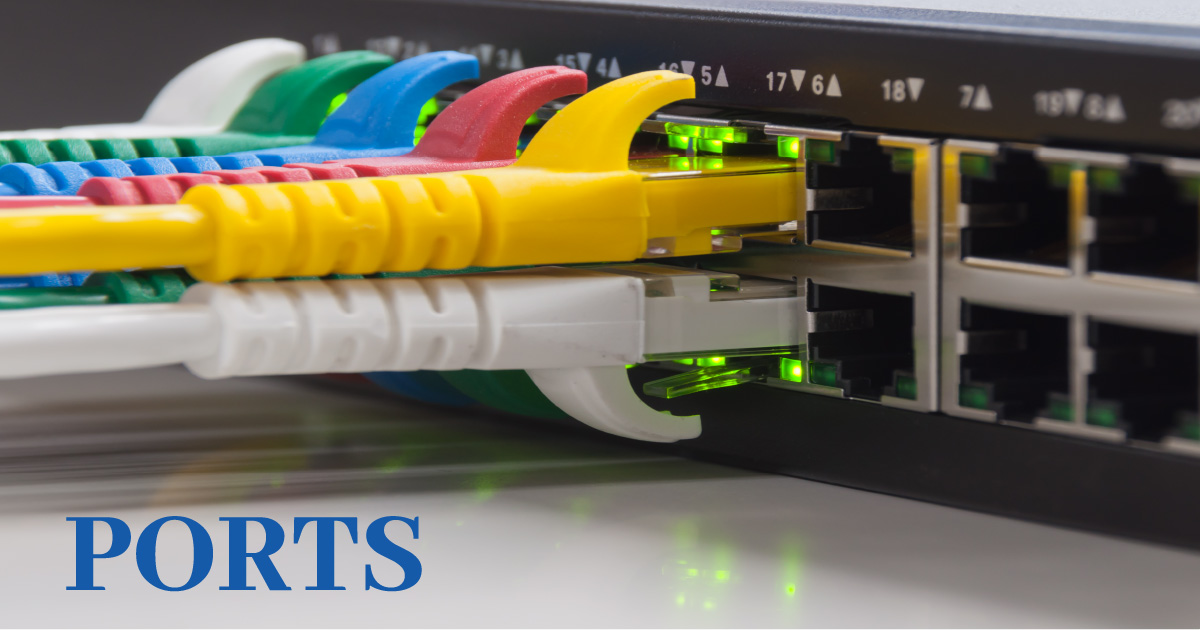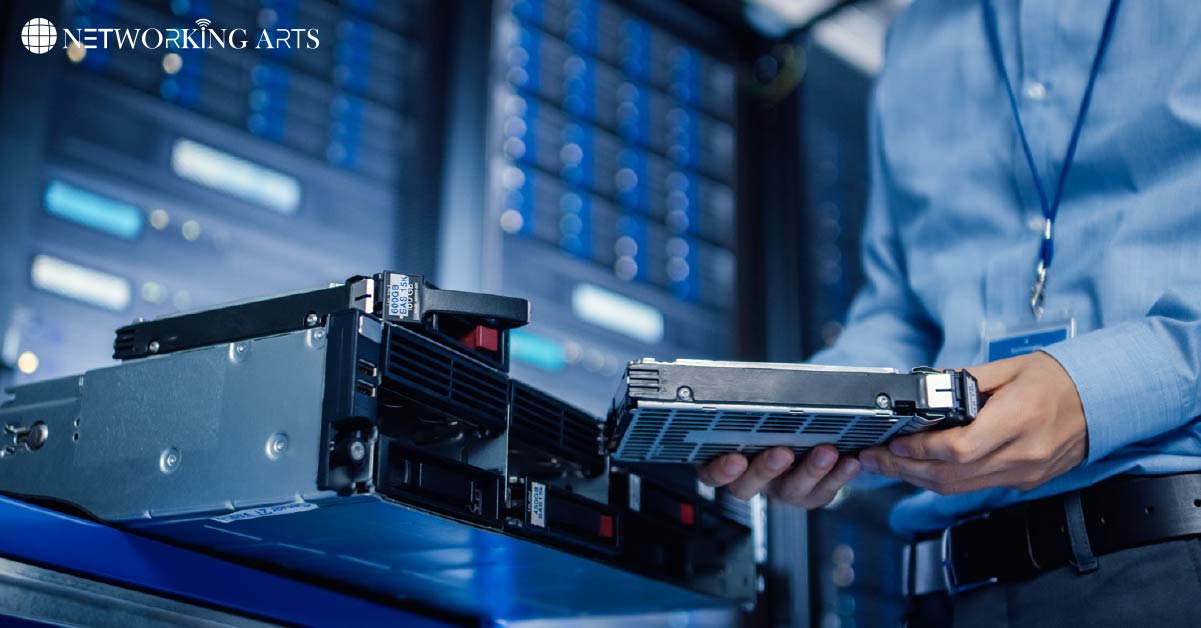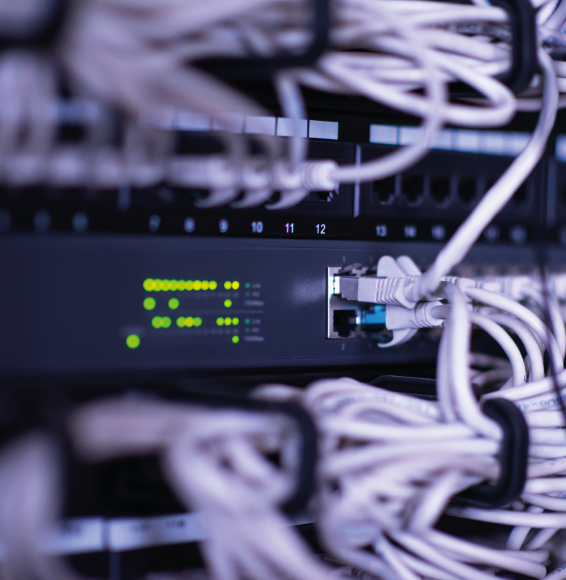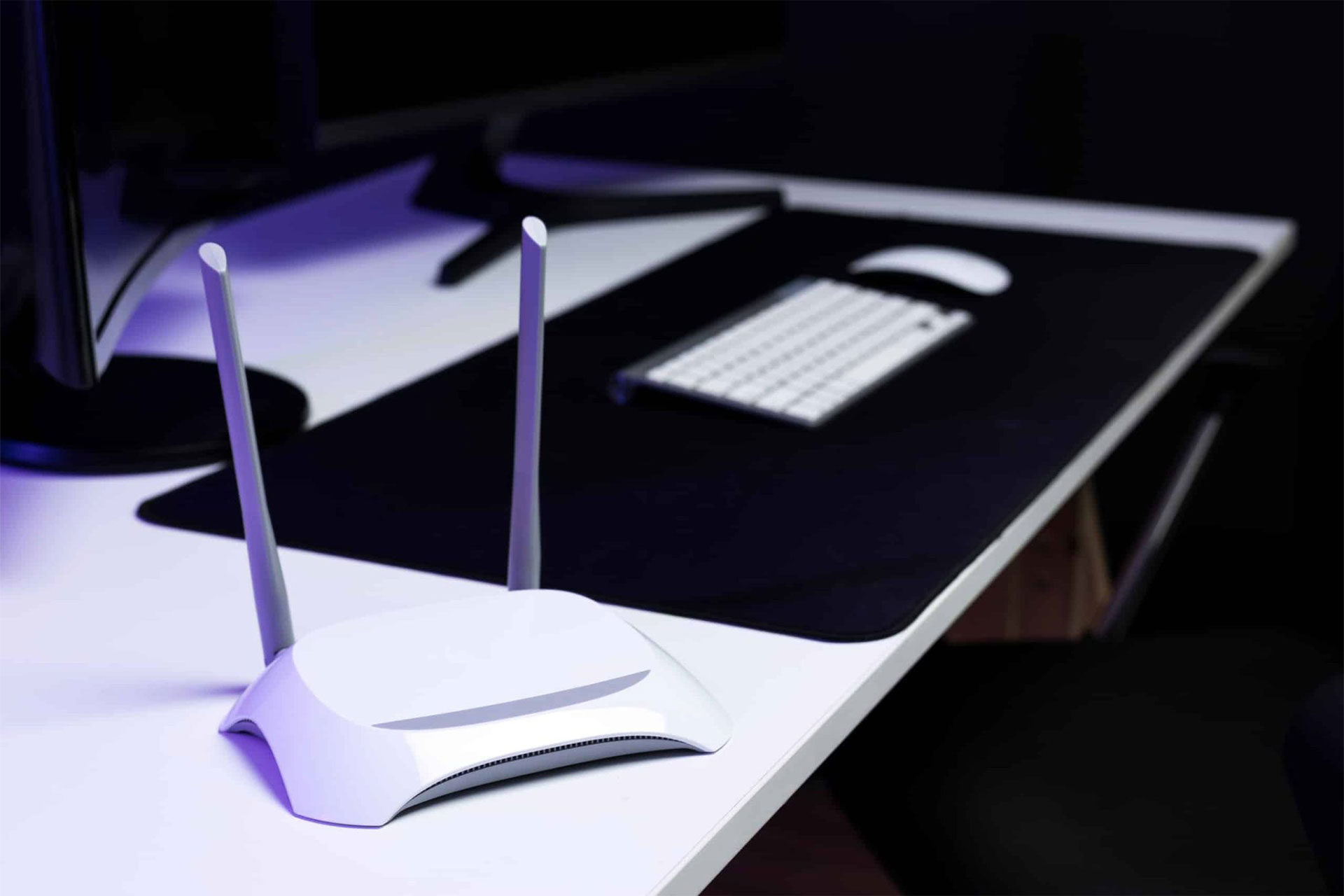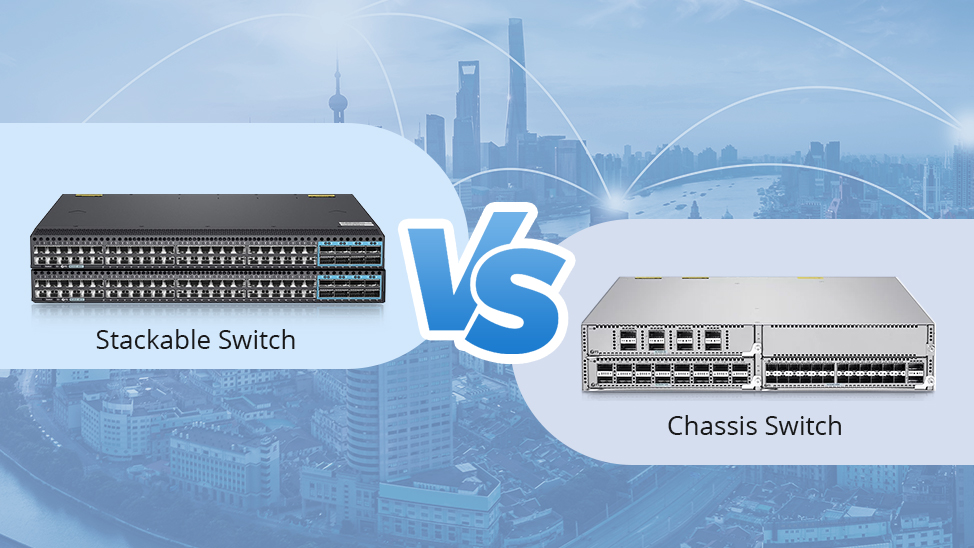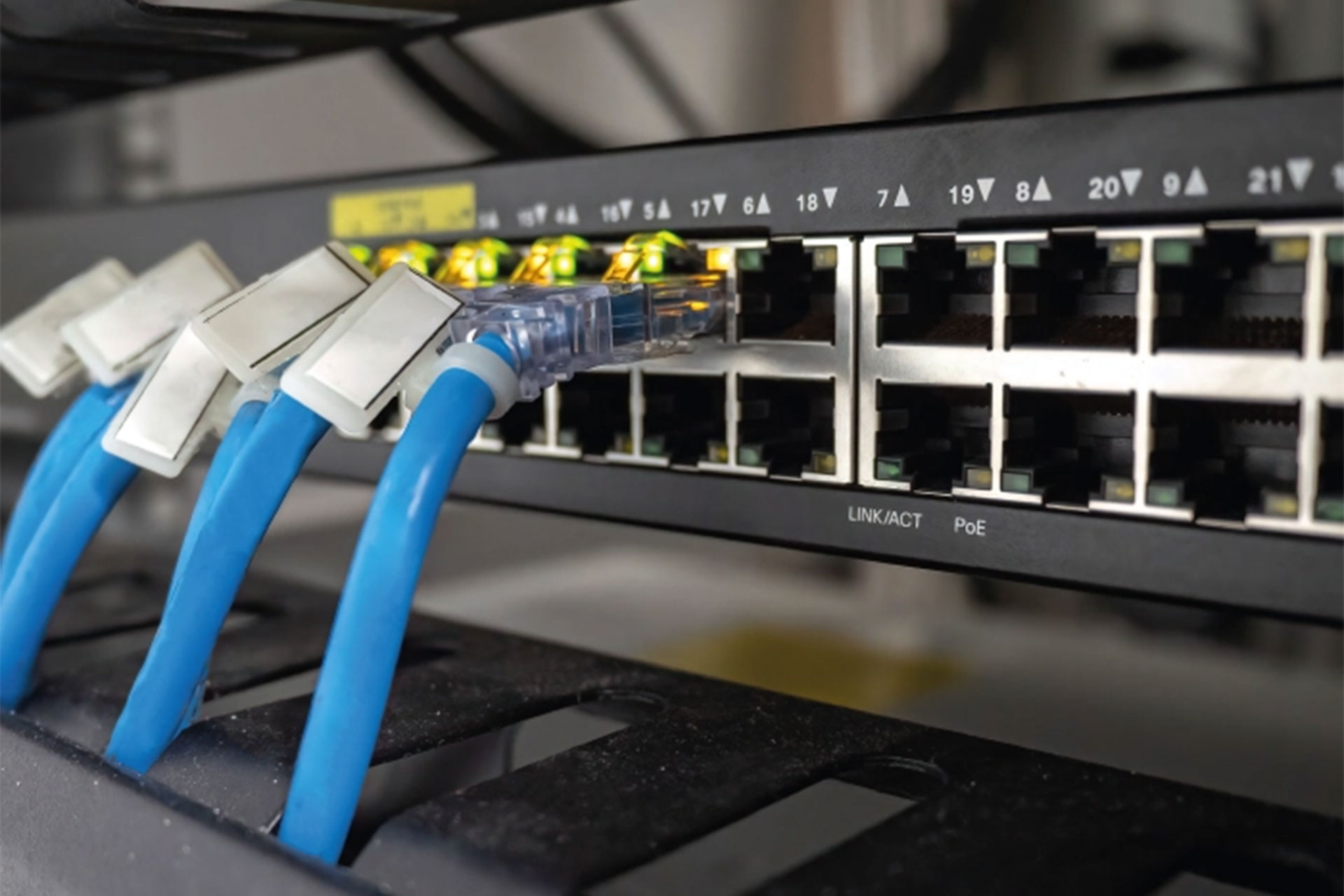Choosing the right network switch can make a significant difference in your home or office network performance. Whether you’re a tech enthusiast looking to upgrade your setup or a small business owner needing reliable networking solutions, understanding network switches is crucial. This guide will walk you through everything you need to know to make an informed decision.
What is a Network Switch?
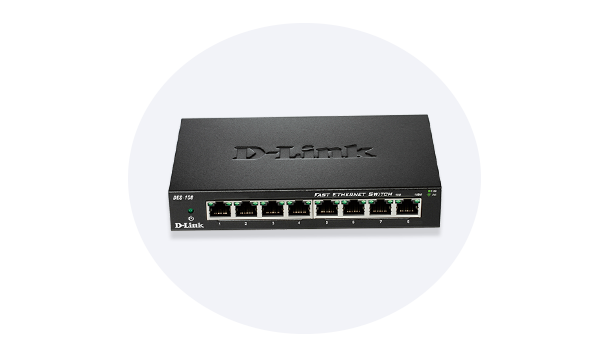
buy refurbished Network Switches in London UK
A network switch is a fundamental networking device that connects multiple devices within a local area network (LAN). Unlike routers that direct traffic between different networks, switches manage traffic within the same network, ensuring efficient data transmission between connected devices like computers, printers, and servers.
Key Features to Consider
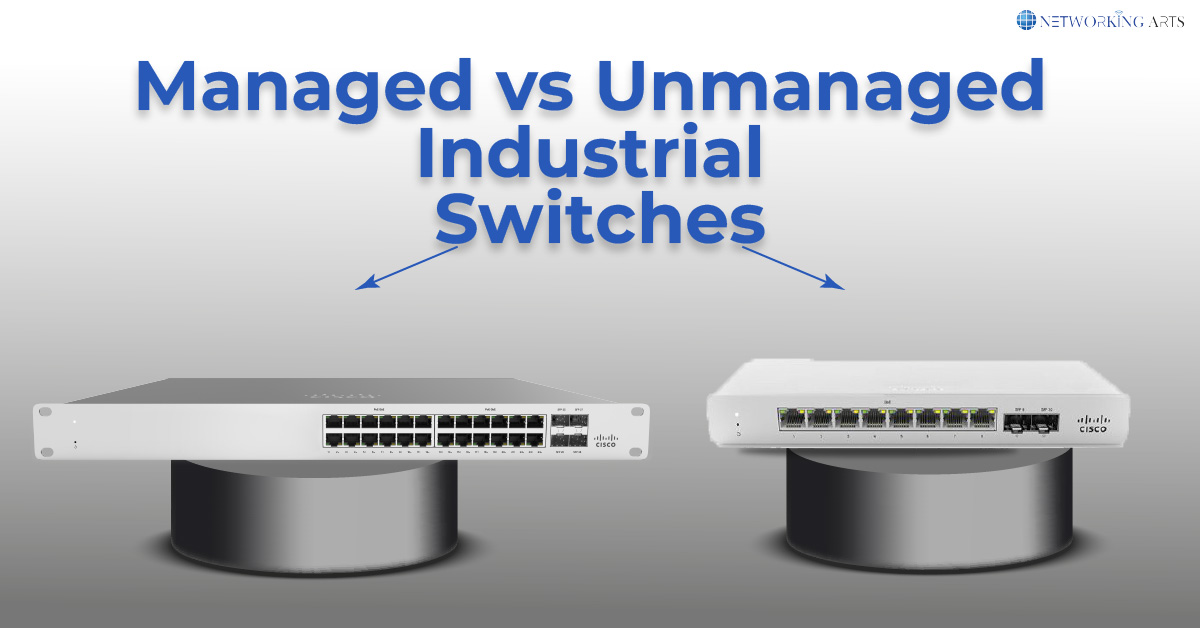
. Leave empty if the image is purely decorative.
Choosing the right network switch involves evaluating several critical features that directly impact performance, usability, and compatibility with your network setup. Here’s a detailed look at each key feature:
Port Count and Speed
- Port Count: The number of ports on a switch determines how many devices you can connect simultaneously. For home users, a switch with 5 to 8 ports might suffice, while businesses may require switches with 24 or more ports to accommodate numerous devices like computers, printers, servers, and IoT devices.
- Speed: Network switches offer different speed options, typically measured in gigabits per second (Gbps). Common speeds include gigabit Ethernet (1 Gbps) and 10-gigabit Ethernet (10 Gbps). Higher speeds are essential for handling large file transfers, video streaming, online gaming, and other bandwidth-intensive activities without slowdowns or latency issues.
Managed vs. Unmanaged Switches
- Managed Switches: Managed switches provide administrators with greater control over network traffic. They offer features like VLAN (Virtual Local Area Network) support, Quality of Service (QoS) prioritization, port mirroring for monitoring traffic, and enhanced security features such as Access Control Lists (ACLs) and SNMP (Simple Network Management Protocol). Managed switches are ideal for businesses, IT professionals, and advanced home networks where customization and optimization of network performance are priorities.
- Unmanaged Switches: Unmanaged switches are plug-and-play devices that require minimal setup. They operate out of the box with no configuration necessary, making them straightforward to use for basic connectivity needs in home environments or small offices. While lacking the advanced features of managed switches, unmanaged switches are cost-effective solutions for expanding network connectivity without complexity.
Power over Ethernet (PoE)
- PoE Capability: Power over Ethernet (PoE) switches integrate power and data transmission into a single Ethernet cable, simplifying the installation and operation of devices such as IP cameras, VoIP phones, wireless access points, and IoT devices. PoE eliminates the need for separate power adapters at each device location, reduces cable clutter, and facilitates flexible placement of powered devices within the network.
- Types of PoE: There are different PoE standards (e.g., IEEE 802.3af, IEEE 802.3at, and IEEE 802.3bt) offering varying power levels. IEEE 802.3af provides up to 15.4 watts per port, while IEEE 802.3at (PoE+) delivers up to 30 watts per port, suitable for more power-hungry devices. IEEE 802.3bt (PoE++) can provide up to 60 watts or even higher per port, accommodating devices with higher power requirements like advanced PTZ cameras and LED lighting systems.
Top Network Switches Reviewed
1. Cisco CBS350-8MGP-2X
Primary Use: Best for Small to Medium Businesses (SMBs) and Home Offices
Features:
-
Port Count: 8 Gigabit Ethernet ports with 2 1G SFP slots for fiber uplinks.
-
PoE Capability: Supports Power over Ethernet (PoE) and PoE+ across all ports, providing power to connected devices like IP phones, wireless access points, and surveillance cameras without needing separate power sources.
-
Performance: Delivers non-blocking, full duplex switching capacity of up to 20 Gbps.
-
Layer 2 and Layer 3 Features: Supports Layer 2 switching functionalities such as VLANs, QoS, and Spanning Tree Protocol (STP). Also includes Layer 3 static routing for efficient traffic management.
-
Easy Deployment: Plug-and-play setup with intuitive web-based management interface for straightforward configuration and monitoring.
-
Energy-Efficient: Incorporates energy-saving features to optimize power consumption based on network traffic and cable length.
Pros:
-
High Performance: Ensures reliable data transfer and network efficiency with gigabit speeds and PoE support.
-
Robust Build Quality: Cisco’s reputation for durability and reliability ensures a long lifespan and minimal downtime.
-
Versatile Use: Ideal for small to medium-sized businesses needing a reliable, scalable network solution, as well as home offices requiring seamless connectivity for multiple devices.
2. TP-Link 16-Port Fast Ethernet Unmanaged Switch
Primary Use: Ideal for Small to Medium-Sized Businesses and Home Networks
Features:
- Port Count: 16 Fast Ethernet ports (10/100 Mbps)
- Plug-and-Play: Simple setup with no configuration required, making it perfect for users who need straightforward connectivity.
- Sturdy Metal Housing: Ensures durability and reliability, suitable for both desktop and rack-mounting installations.
- Energy Efficient: Automatically adjusts power consumption according to the link status and cable length, helping to reduce energy costs.
Pros:
- High Performance: Provides fast data transfer speeds of up to 100 Mbps per port, ensuring smooth data transmission for basic networking needs.
- Robust Build Quality: The metal housing protects the internal components, making it suitable for environments where durability is essential.
- Affordable: Offers excellent value for money with a balance of performance and affordability, making it accessible for small businesses and home users alike.
3. NETGEAR 24-Port Gigabit Ethernet Unmanaged Switch (JGS524)
Primary Use: Ideal for Small to Medium-Sized Businesses and Home Networks
Features:
- Port Count: 24 Gigabit Ethernet ports provide high-speed connectivity for up to 24 devices simultaneously.
- Speed: Supports Gigabit Ethernet (10/100/1000 Mbps), ensuring fast data transfer rates suitable for multimedia streaming, file transfers, and online gaming.
- Plug-and-Play: Designed as an unmanaged switch, it requires no configuration or setup, making it easy to deploy and use immediately.
- Energy-Efficient: Automatically adjusts power consumption based on the length of Ethernet cables connected, saving energy without sacrificing performance.
Pros:
- High Performance: Offers reliable, high-speed connectivity across all ports, ideal for businesses needing consistent network performance.
- Robust Build Quality: NETGEAR is known for its durable hardware, ensuring longevity and reliability in network operations.
- Affordable: Provides excellent value for money with its extensive port count and Gigabit Ethernet speeds at a competitive price point.
- Quiet Operation: Fanless design ensures silent operation, making it suitable for noise-sensitive environments such as small offices or home setups.
4. CISCO SYSTEMS 24-Port Gigabit Switch (SG11224NA)
- Primary Use: Ideal for Small to Medium Businesses (SMBs) and Home Offices
- Features:
- Port Count: 24 Gigabit Ethernet ports for high-speed connectivity.
- Speed: Supports Gigabit Ethernet (10/100/1000 Mbps) for fast data transfer rates.
- Design: Compact rack-mountable design suitable for small office environments.
- Ease of Use: Plug-and-play setup with no configuration required, making it user-friendly for non-technical users.
- Energy Efficient: Designed to optimize power consumption without compromising performance.
- Quality of Service (QoS): Prioritizes network traffic to ensure smooth performance of critical applications.
- Fanless Design: Operates silently, ideal for quiet office environments.
- Pros:
- High Performance: Delivers reliable Gigabit speeds across all ports, ensuring seamless connectivity for multiple devices simultaneously.
- Robust Build Quality: Built by CISCO, known for its robust networking equipment, ensuring durability and longevity.
- Scalability: Supports expansion with additional switches or network devices as your business grows.
- Security: Includes advanced security features to protect your network and data from unauthorized access.
5. TRENDnet 8-Port Gigabit Long Range PoE+ Switch
Primary Use: Ideal for Small to Medium Businesses (SMBs) and Surveillance Systems
Features:
- Port Count: 8 Gigabit Ethernet ports, providing ample connectivity for multiple devices.
- Speed: Supports Gigabit Ethernet (10/100/1000 Mbps), ensuring fast data transfer rates for high-bandwidth applications.
- PoE+: Features Power over Ethernet Plus (PoE+), delivering up to 30W per port to power compatible devices such as IP cameras, VoIP phones, and wireless access points over Ethernet cables.
- Long Range PoE+: Extends PoE+ connectivity up to 250 meters (820 feet) when used with TRENDnet’s PoE extenders, ideal for deployments in larger areas or outdoor environments.
- Plug-and-Play: Simple to install with no configuration required, making it suitable for users seeking ease of setup and operation.
- Energy Efficiency: Green Ethernet technology reduces power consumption when the switch detects inactive ports or short cables.
Pros:
- High Performance: Offers reliable Gigabit Ethernet speeds and efficient data handling, supporting smooth network operation even under heavy load.
- Robust Build Quality: Sturdy metal housing ensures durability and longevity, making it suitable for both indoor and outdoor installations.
- Extended PoE Range: Enables flexible deployment options without the need for additional power sources, enhancing scalability and cost-effectiveness for expanding networks.
- Versatile Applications: Ideal for SMBs needing reliable network connectivity and surveillance systems requiring long-range PoE capabilities.
Choosing the Right Network Switch
Selecting the best network switch depends on your specific needs and environment:
Home Use
For home users, simplicity and ease of use are often priorities. Here are considerations when choosing a network switch for home use:
- Ease of Setup: Opt for switches that are easy to set up and manage, especially if you’re not tech-savvy. Unmanaged switches are typically plug-and-play, requiring no configuration out of the box.
- Port Count: Ensure the switch has enough ports to connect all your devices, including computers, printers, smart TVs, gaming consoles, and streaming devices. A switch with additional ports allows for future expansion of your network.
- Energy Efficiency: Consider models with energy-efficient designs to minimize power consumption and reduce electricity bills over time.
Small Office or Business
Business environments require robust network solutions to support multiple users, devices, and applications. Here’s what to look for:
- Managed Switches: Choose managed switches with advanced features such as VLAN support, Quality of Service (QoS) capabilities, and traffic prioritization. These features optimize network performance by segmenting traffic, ensuring critical applications receive sufficient bandwidth.
- Security Features: Prioritize switches with enhanced security options like Access Control Lists (ACLs), port security, and Secure Shell (SSH) for secure remote management. Protecting sensitive data and preventing unauthorized access are critical for business networks.
- Scalability: Select switches that can accommodate future growth and expansion. Look for models with stacking capabilities or support for additional units to scale your network infrastructure seamlessly.
Installation and Setup Tips
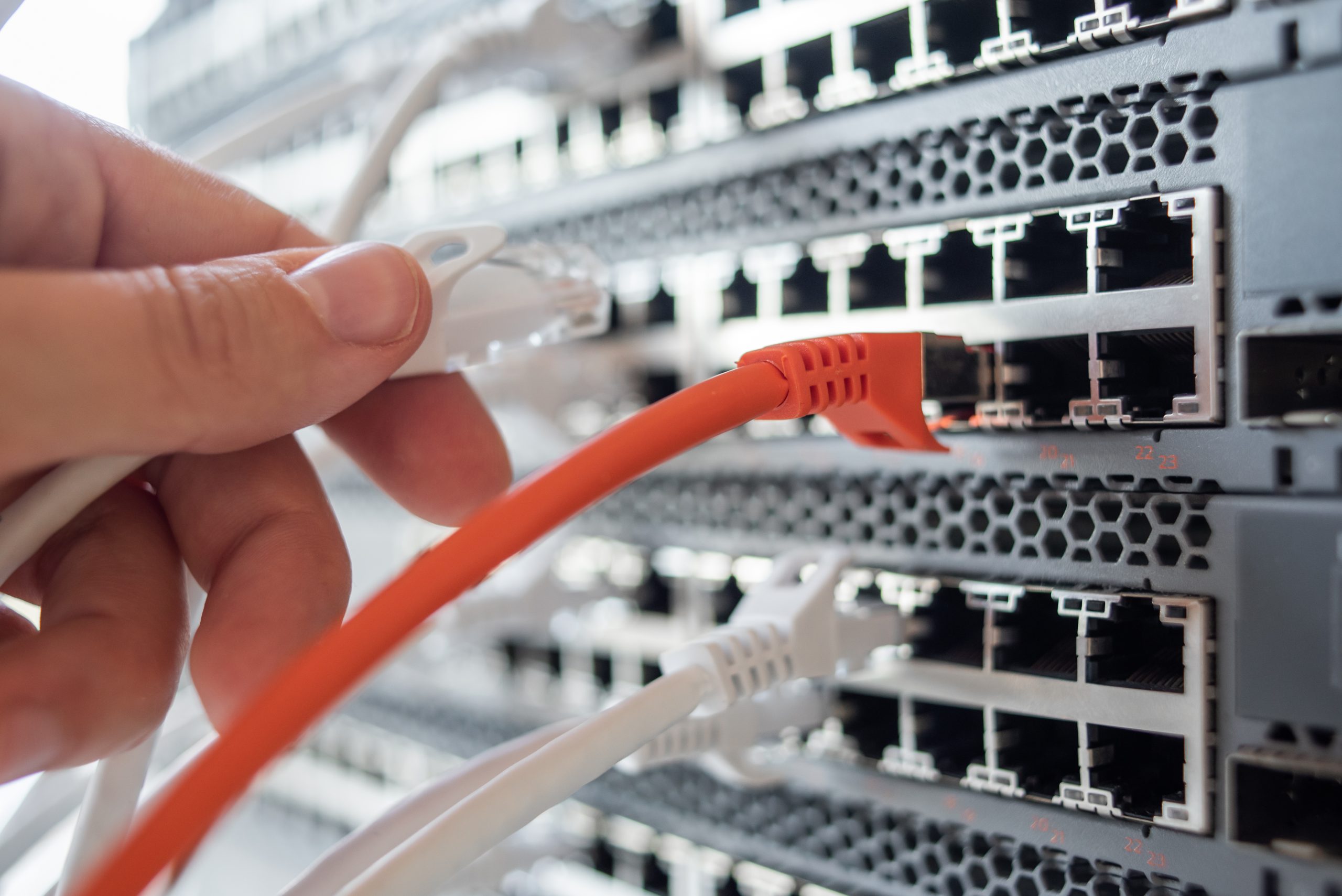
Stackable Network Switches – Networking Arts
Once you’ve chosen the right network switch, follow these steps for a smooth installation and setup process:
Plan Your Network Layout
Before installing the switch, map out your network layout:
- Identify where each device (computers, printers, servers, etc.) will be located.
- Determine the optimal placement of the switch to ensure efficient connectivity for all devices.
- Consider factors like cable length and accessibility when planning the physical installation of the switch.
Connect Devices
Connect devices to the network switch using Ethernet cables:
- Plug one end of an Ethernet cable into each device you want to connect (e.g., computers, printers).
- Insert the other end of each cable into an available port on the network switch.
- Ensure cables are securely connected to prevent accidental disconnection and ensure reliable data transmission.
Configure Settings
For managed switches, access the configuration interface to customize settings:
- Access the Web Interface: Enter the switch’s IP address into a web browser to access the management interface.
- Set Up VLANs: Create Virtual Local Area Networks (VLANs) to segment network traffic based on departments, projects, or security requirements.
- Prioritize Traffic (QoS): Configure Quality of Service (QoS) settings to prioritize critical applications (e.g., VoIP calls, video conferencing) over less time-sensitive traffic.
- Enhance Security: Enable security features such as port security, MAC address filtering, and encryption protocols (e.g., HTTPS) to safeguard network integrity and protect against unauthorized access.
Conclusion
Investing in the right network switch can enhance your network’s reliability, speed, and security, whether for home entertainment, remote work, or business operations. By understanding the key features, reviewing top-rated models, and considering your specific needs, you can make a well-informed decision that meets your networking requirements now and in the future.
